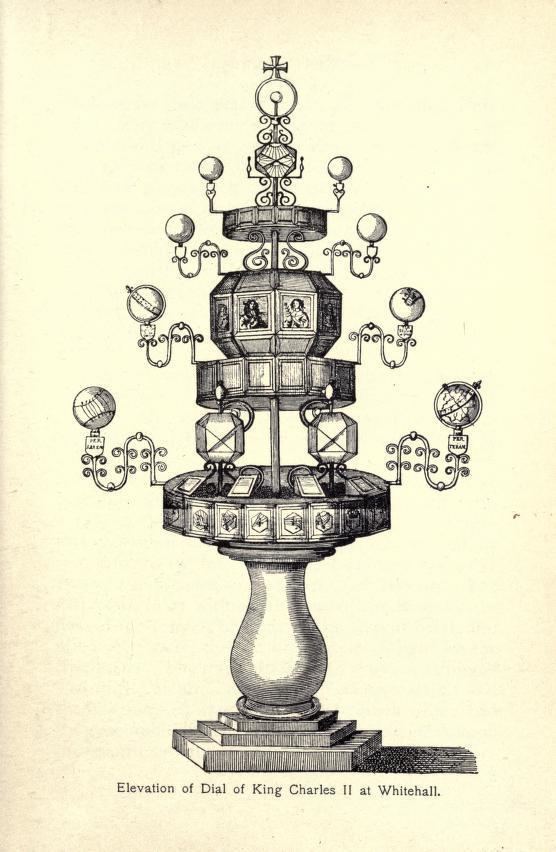Ethnicity English Died November 15, 1675 Name Francis Line | Known for magnetic clock Occupation Jesuit priest | |
 | ||
Born 1595 London Other names Linus of Liege, Franciscus Linus | ||
Francis Line (1595 – 15 November 1675), also known as Linus of Liège, was a Jesuit priest and scientist. He is known for inventing a magnetic clock. He is noted as a contemporary critic of the theories and work of Isaac Newton. He also challenged Robert Boyle and his law of gases.
Contents
Life
Line, who used the alias Hall, was born in 1595, most probably in London, or Buckinghamshire. He entered the Society of Jesus in 1623, was ordained priest in 1628, and was professed of the four vows on 20 August 1640.
For many years Line was professor of Hebrew and mathematics at the Jesuit college at Liège. He was sent on the English mission about 1656, and for a short time he served in the Derby district. During 1659 and for several years he was in the London district; and in 1665 he was stationed in the Lancashire district. During the time that he was serving the English mission he constructed the dial which was set up in the king's private garden at Whitehall on 24 July 1669. In 1672 he was again at Liège, where he was spiritual father, and where he died on 25 November (N.S.) 1675.
Dial at Whitehall Palace
Line created a dial for Charles II in 1669. It was fully described in An Explication of the Diall (1673). It stood on a pedestal, and consisted of six parts, rising one above the other, with multitudes of planes cut on each, which were dials for the purposes of geography, astrology, and astronomy. It was smashed by the Earl of Rochester and drunken friends in 1775.
Works
His works are:
